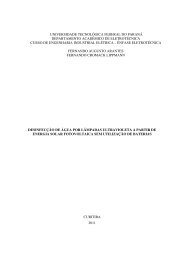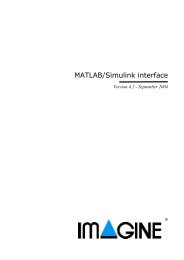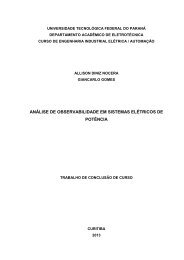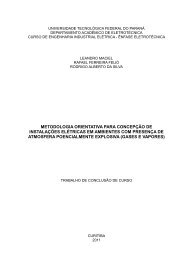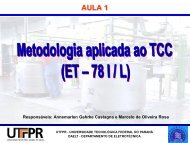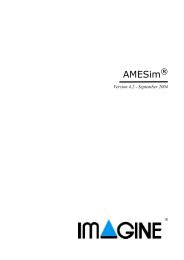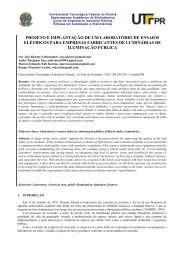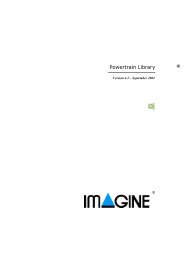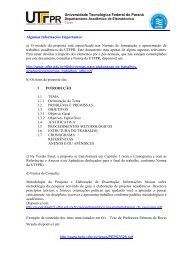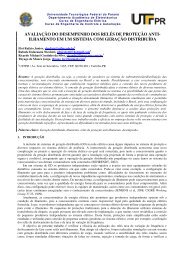You also want an ePaper? Increase the reach of your titles
YUMPU automatically turns print PDFs into web optimized ePapers that Google loves.
<strong>Hydraulic</strong> <strong>Library</strong> 4.2<strong>User</strong> <strong>Manual</strong>For non-circular cross sections, the hydraulic diameter can be used to determinethe Reynolds number. <strong>Hydraulic</strong> diameter is defined as follows:4xcross sectional aread h= ----------------------------------------------------wet perimeterWe now give two examples:• Circular orifice of diameter:4π d 2 -- 2 d h= ----------------- = dπd• Rectangular orifice, length L and width l:4Lld h------------------2Ll= = ----------2L ( + l)L + lHence ≈ 2l if L≥l.d hFlow through orificesOrifices (also called restrictions) can be fixed or variable and occur in hugenumbers in fluid systems. Not surprisingly in Engineering courses a mathematicaldescription is presented. This is usually based on Bernoulli’s equation and leads tothe formQ C qA 2P (up∠ P down)= ---------------------------------------ρwhere C q is the flow coefficient. This is variously described astypically 0.7 orvarying with orifice geometry and Reynolds number.The second alternative is obviously more correct. If we do take a constant value,we are forced to have the gradient of Q against ∆P = P up∠ P downinfinity at theorigin! This cannot be and if you try to implement it is a numerical disaster!Clearly the flow is laminar for sufficiently small pressure drops which means thatC q is certainly not constant. One solution is to perform detailed experiments andcompute C q against Reynold’s number. In the context of the orifice (notUdnecessarily circular) the Reynold’s number ishRe = --------- where U is a meanνvelocity and d h the hydraulic diameter. If we take U=Q/A, we end up with the formC q =f(Q) and ultimately withQ = F( Q)It is possible to work with an implicit relationship like this but we would prefer anexplicit formula.49



